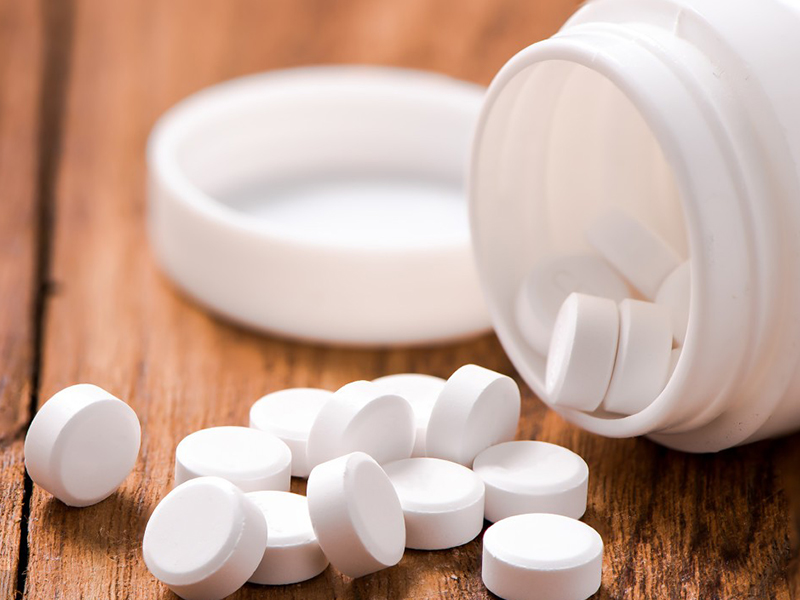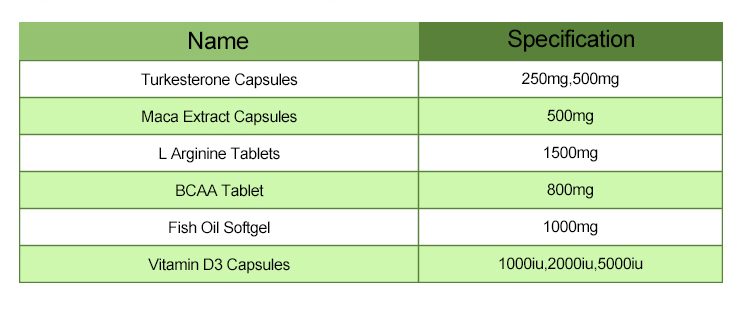BCAA tablets are a popular supplement among athletes and fitness enthusiasts. These tablets typically contain three essential amino acids: leucine, isoleucine, and valine, in specific ratios. Here’s a general outline of the materials and methods typically used in manufacturing BCAA tablets:
Materials of BCAA Tablet:
1.Branched-chain amino acids (BCAAs):
Leucine
Isoleucine
Valine

2.Excipients: These are inactive ingredients used to bind the active ingredients together and give the tablet its desired properties. Common excipients include:
Binders: such as microcrystalline cellulose, starches, or polyvinylpyrrolidone (PVP).
Fillers: such as dicalcium phosphate or calcium carbonate.
Disintegrants: such as croscarmellose sodium or crosslinked PVP.
Lubricants: such as magnesium stearate or stearic acid.
3.Optional additives: These may include flavorings, colors, or coatings to improve taste, appearance, or ease of swallowing.
Methods of BCAA Tablet:
1.Mixing: The BCAA powders are thoroughly mixed with the excipients in appropriate ratios. This ensures even distribution of the active ingredients throughout the tablet.
2.Granulation (optional): In some cases, the mixture may be granulated to improve flowability and compression properties.
3.Compression: The granulated mixture is compressed into tablets using a tablet press machine. The compression process involves applying high pressure to the powder mixture within a die to form tablets of desired size and shape.

4.Coating (optional): Some BCAA tablets may undergo a coating process to improve taste, appearance, or stability. Coating materials may include shellac, cellulose derivatives, or other polymers.
5.Quality control: Throughout the manufacturing process, quality control measures are implemented to ensure the tablets meet safety, potency, and quality standards. This may include testing the raw materials, in-process testing during manufacturing, and final product testing for attributes such as content uniformity, dissolution rate, and microbiological purity.
It’s important to note that specific formulations and manufacturing processes may vary among different brands and manufacturers. Additionally, regulations governing the production of dietary supplements may vary by region, so manufacturers must comply with relevant regulatory requirements.
